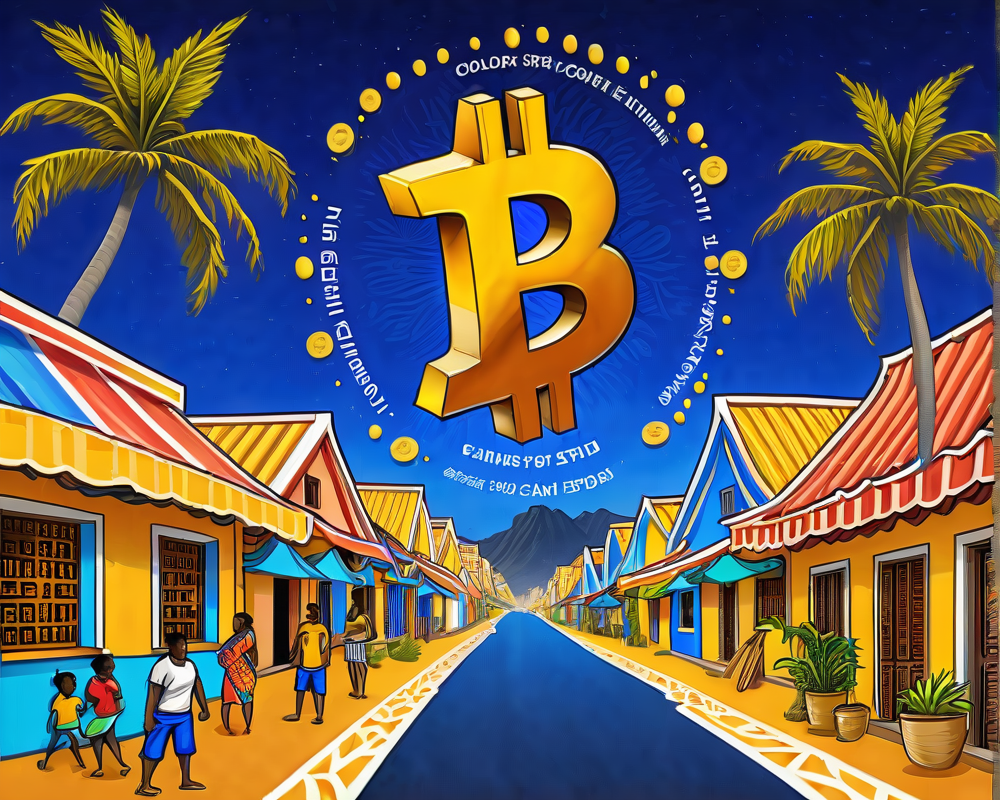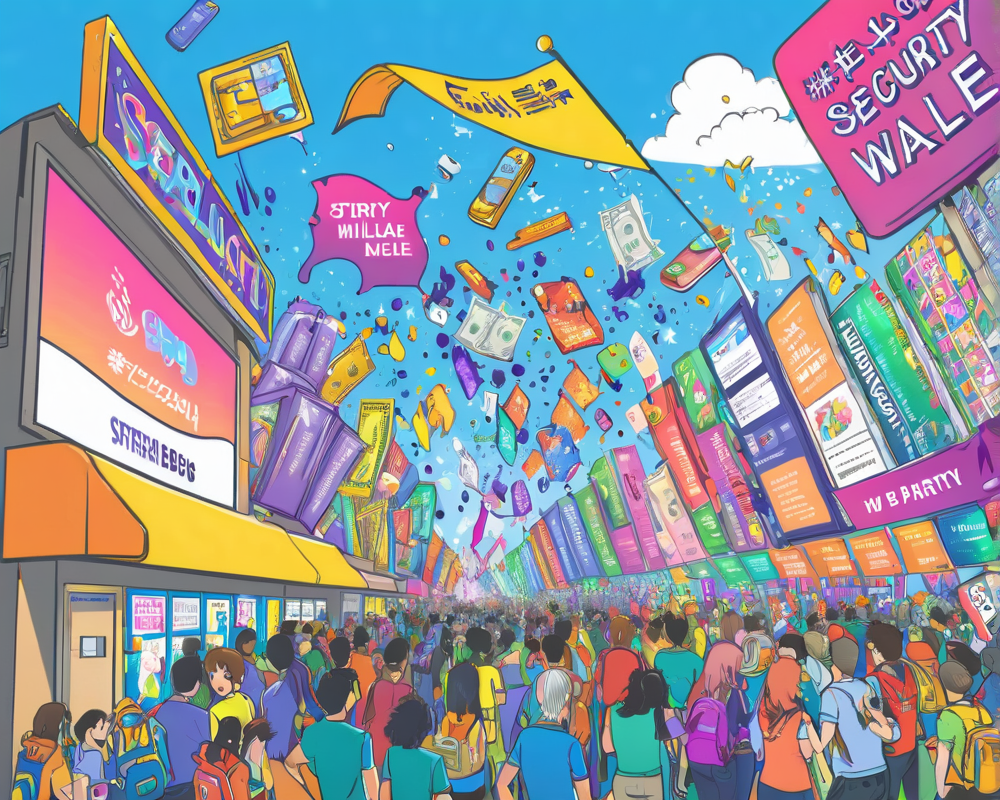Imagine a world where all those courtroom dramas we binge-watch can be replaced with quick decisions made by stylus-wielding virtual jurors. The traditional courtrooms filled with thumping gavels could soon find themselves out of a job, thanks to platforms like Aragon Court and Kleros sprouting from the blockchain tech trend.
The New Age of Dispute Resolution
The concept sounds like something pulled from a sci-fi novel, but decentralized dispute resolution is knocking on our front doors, fueled by blockchain technology. This transformation leads us to ponder the very essence of justice, thanks to innovative setups like Aragon Court.
How It Operates: Mad Scientists or Rational Jurors?
Aragon Court functions under a protocol that tackles disputes that computers can’t decipher—think subjective issues like a broken promise or if a pizza should be delivered free of charge when late (an absolute travesty, by the way!). To settle these arguments, human jurors enter the fray. To become one, individuals stake ANJ, the platform’s native token. The more you stake, the higher your chances of becoming the juror—it’s like a lottery but with stakes (and not the delicious kind).
Game Theory: The Unsung Hero or Villain?
The jurors use a voting method resembling a Schelling Game, with all the fun of psychological tactics involved. This means jurors try to guess how others might vote and — drumroll, please — bet on what the collective opinion might be. But let’s be real, if it gets to the point where jurors need to have a psychic connection to reach a decision, we may have strayed too far from our justice roots.
The Pitfalls of Populism
Corporate lawyer Dean Steinbeck expressed his concerns about this mechanism, cautioning against what might become a popularity contest rather than a quest for justice. Imagine a juror who secretly feels compelled to vote their conscience but abstains out of fear of being kicked out of the ‘cool jurors club’ by losing their staked tokens. That doesn’t sound like a fair trial to me!
Cost-Effectiveness or Just Cheap Shots?
One undeniable plus of platforms like Aragon Court is their cost efficiency. A standard courtroom battle can drain resources faster than ice cream melting on a hot summer day. Steinbeck feels that while smaller disputes might fit like a glove in the decentralized setup, high-value cases may still see folks queuing up outside traditional courtrooms. After all, who wouldn’t want to hire a lawyer when millions are at stake? The funny part? Lawyers will still be needed, just like they are in the cinema for an over-the-top legal drama.
The Future of Legal Binding
Let’s tackle the elephant in the chamber—are judgments from Aragon Court legally binding? If both parties sign up for blockchain arbitration, then yes, they could very well find themselves bound by the court’s ruling. Steinbeck drops knowledge bombs by pointing out how traditional arbitration already exists and urges that similar contractual agreements could make blockchain decisions legally valid. Can you imagine? A virtual judge with the power to enforce a pizza delivery ruling!
Jurors: The Unqualified Experts?
Here’s the twist—a typical juror doesn’t need a law degree to throw down a verdict. While it could be seen as a double-edged sword, Steinbeck suggests that some degree of sophistication would boost user trust. But hey, let’s be optimistic; perhaps your next case will come down to a juror who binge-watched ‘Law and Order’ and remembers everything they’ve seen!
Waiting for the Grand Debut
As Aragon Court readies itself for launch, its effectiveness as a resolution mechanism remains up in the air. Steinbeck doesn’t see large-scale acceptance occurring anytime soon, particularly for complex issues. So, we all might have to put our popcorn away for a while until we see how effective these decentralized ‘courts’ can be in real-time.
In sum, the future of justice may be evolving faster than an episode of the latest courtroom thriller—but it’s still in its infancy, and whether it will truly deliver justice or just ‘popular’ decisions remains to be seen. We’re all just waiting for the jury to come back with their verdict!




